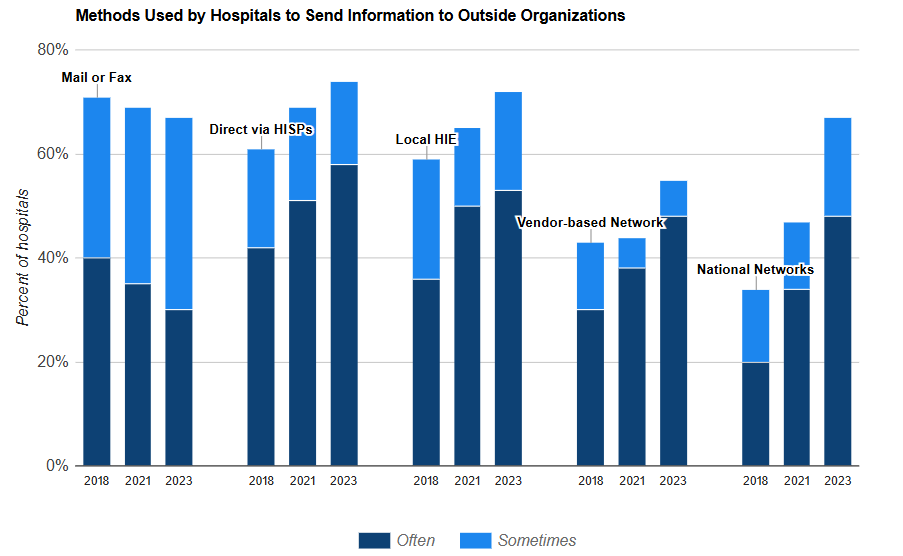
The American Hospital Association Information Technology Supplement has tracked methods hospitals use to engage in interoperable exchange with other organizations across the healthcare delivery system. Since 2018, the proportion of hospitals that often…
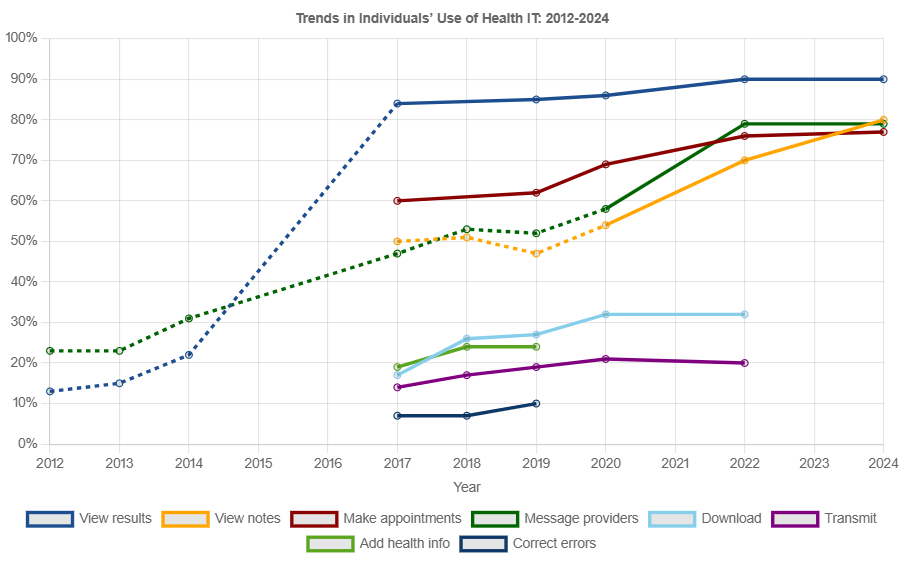
The past decade has seen considerable growth in individuals’ use of health IT, such as patient portals, to access and share their health information electronically, interact with providers, and make changes to their medical records online. This figure…
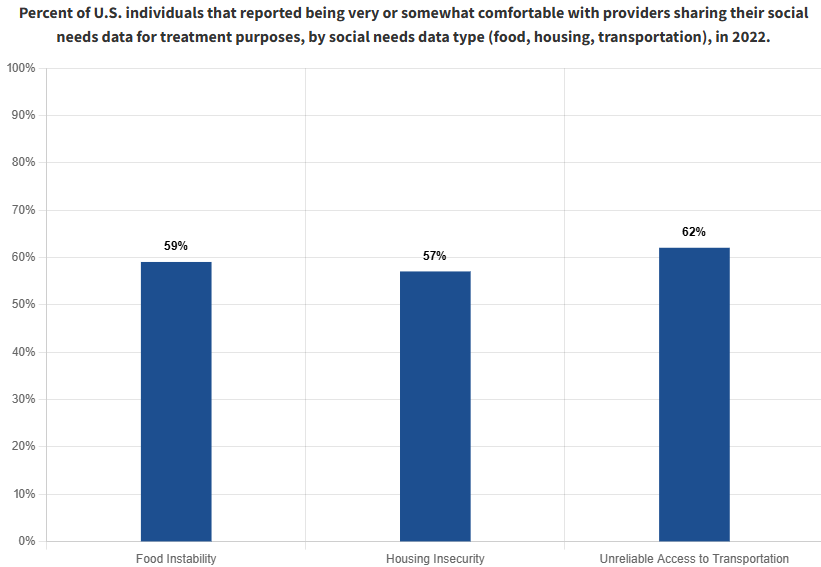
For the first time in 2022, the Health Information National Trends Survey (HINTS 6) asked about individuals’ comfort with social needs data sharing for three social needs data types: food, housing, and transportation. Here, we show results that reflect…
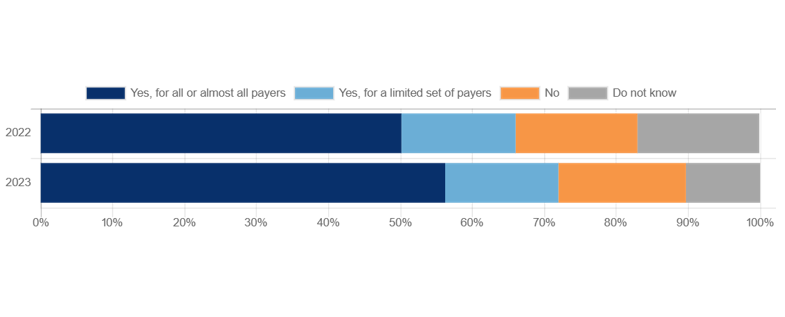
The Centers for Medicare & Medicaid Services have required Medicare Part D plans to support a prescriber real time benefit tool (RTBT) since January 2021. The use of RTBTs is intended to inform prescribers when lower-cost alternative therapies are…
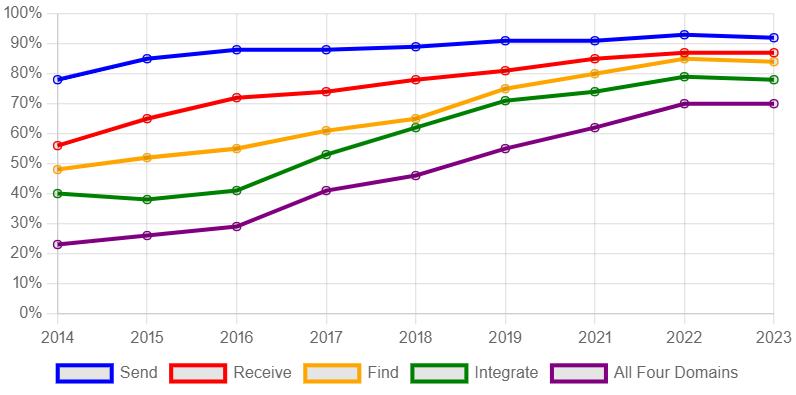
Since 2014, the American Hospital Association Information Technology Supplement has tracked hospital engagement in interoperable exchange. The number of hospitals that engaged in each activity continued to increase from 2021 to 2022, with 70% of…
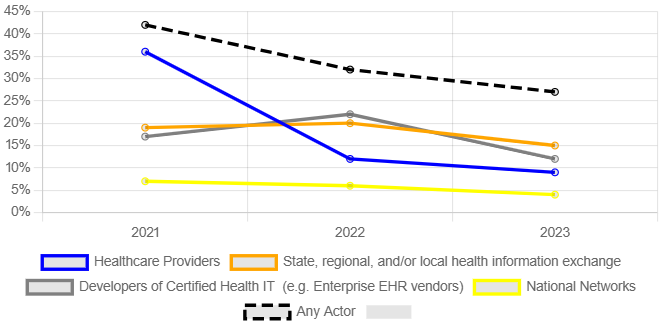
The applicability date of the information blocking regulations occurred in April 2021. The American Hospital Association Health Information Technology Supplement Survey fielded in 2021, 2022, and 2023 included questions on hospital leaders’ perceptions…

The Trusted Exchange Framework and the Common Agreement (TEFCA) for health information networks was published in January 2022 and the first set of Qualified Health Information Networks (QHINs) were approved to implement TEFCA and began exchanging data in…
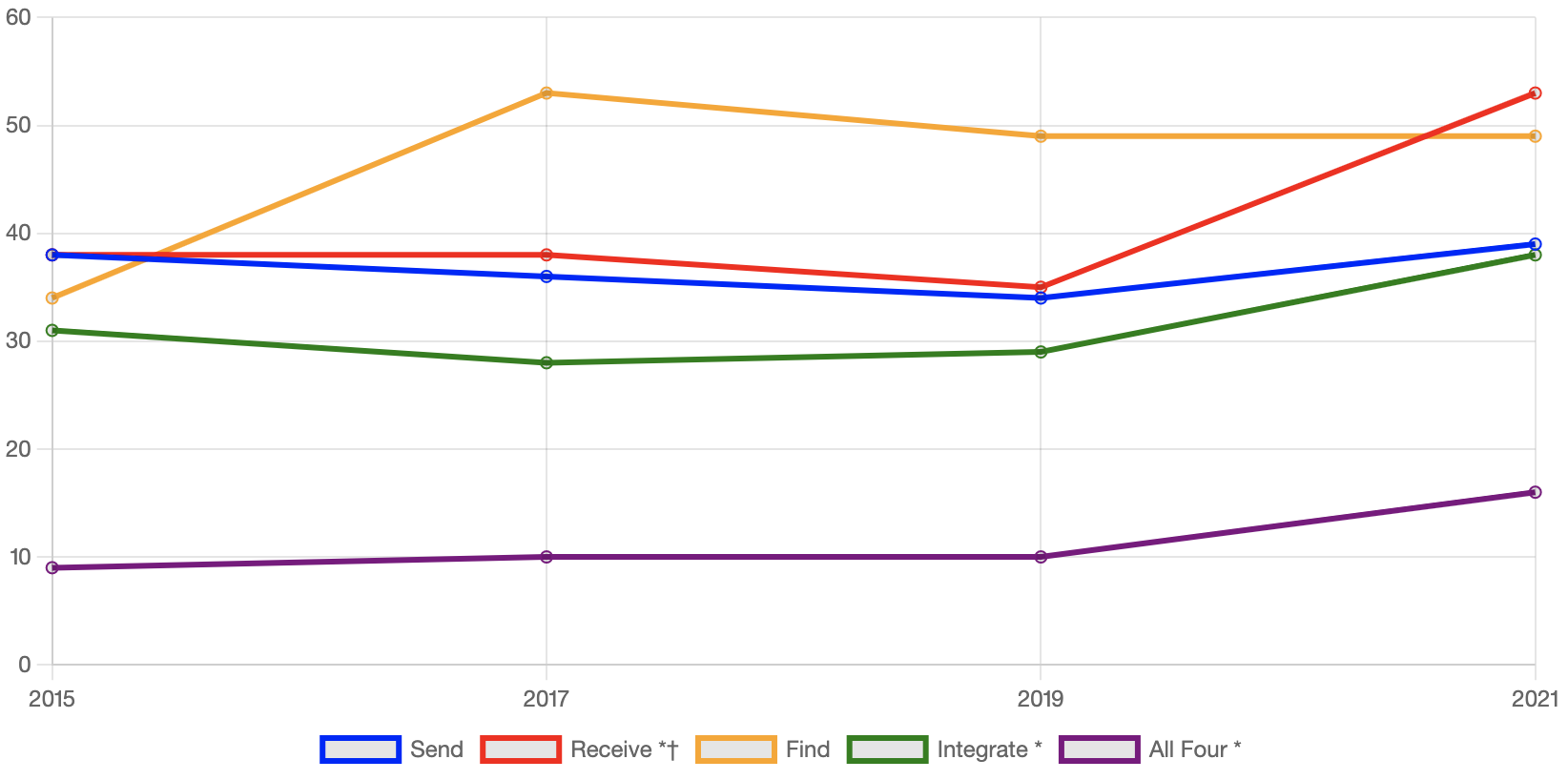
Since 2015, the National Electronic Health Record Survey has tracked physician engagement in the electronic exchange of information with other providers outside of their organization through four domains. Rates of three domains, integrating, sending and…
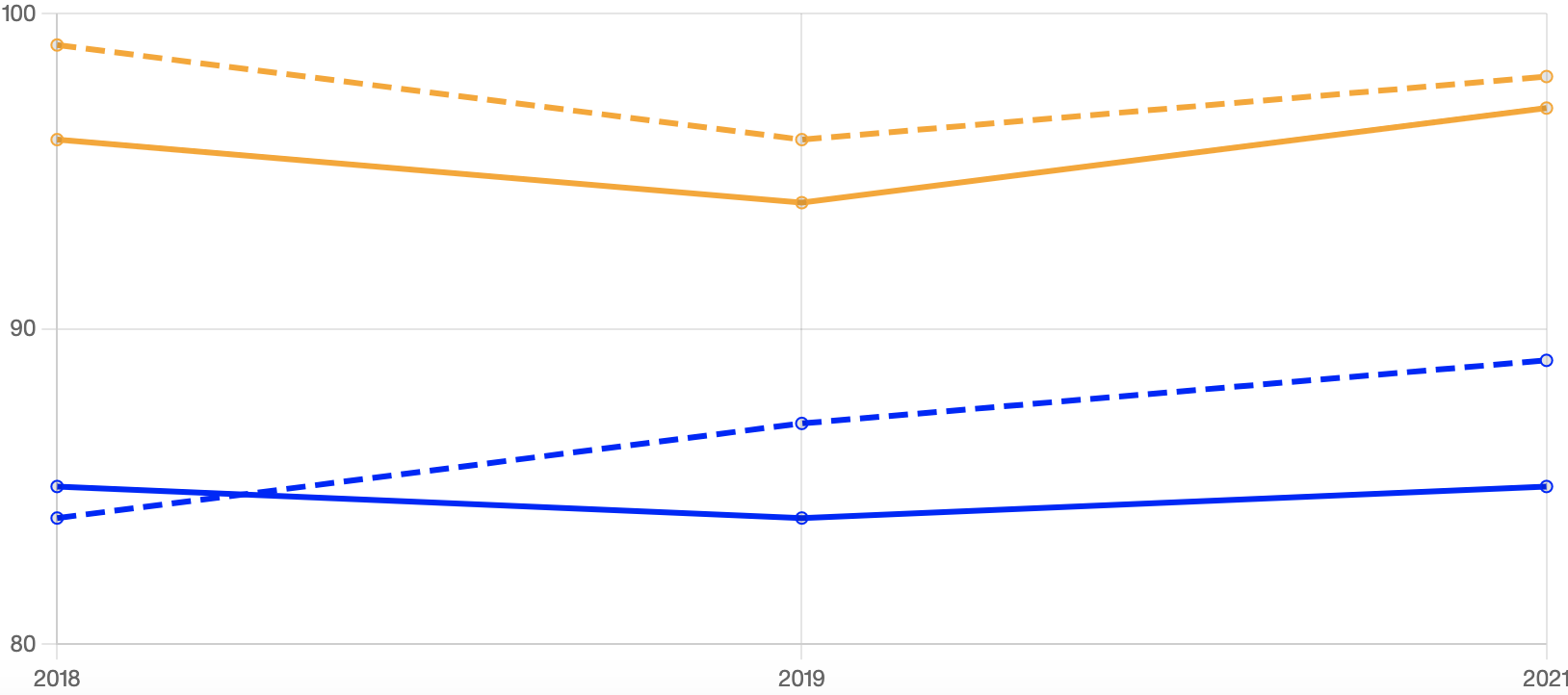
As of 2021, 85% of physicians electronically recorded SDOH data and 97% electronically recorded BDOH data. Rates of electronic recording of SDOH and BDOH data were slightly higher among primary care physicians, with 89% of primary care physicians…
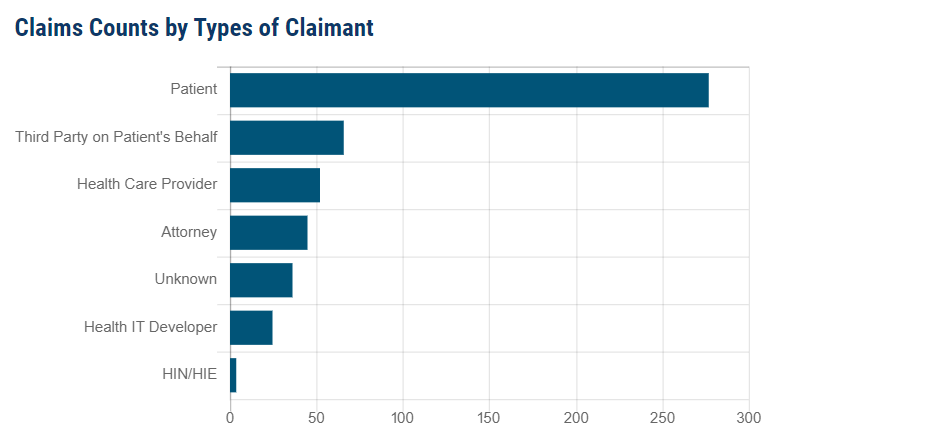
The 21st Century Cures Act (Cures Act), signed into law by President Obama in December 2016, directed ONC to implement a standardized process for the public to report claims of possible information blocking. This Quick Stats page displays data on claims…
In data from 2019 and 2021, 86% of non-Federal general acute care hospitals had adopted a 2015 Edition certified electronic health record (EHR). In contrast, only 40% of rehabilitation hospitals and 23% of specialty hospitals had adopted a 2015 Edition…
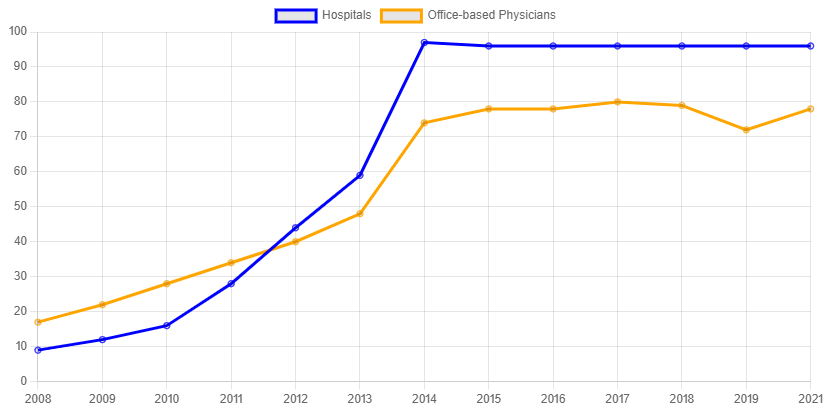
As of 2021, nearly 4 in 5 office-based physicians (78%) and nearly all non-federal acute care hospitals (96%) adopted a certified EHR. This marks substantial 10-year progress since 2011 when 28% of hospitals and 34% of physicians had adopted an EHR.
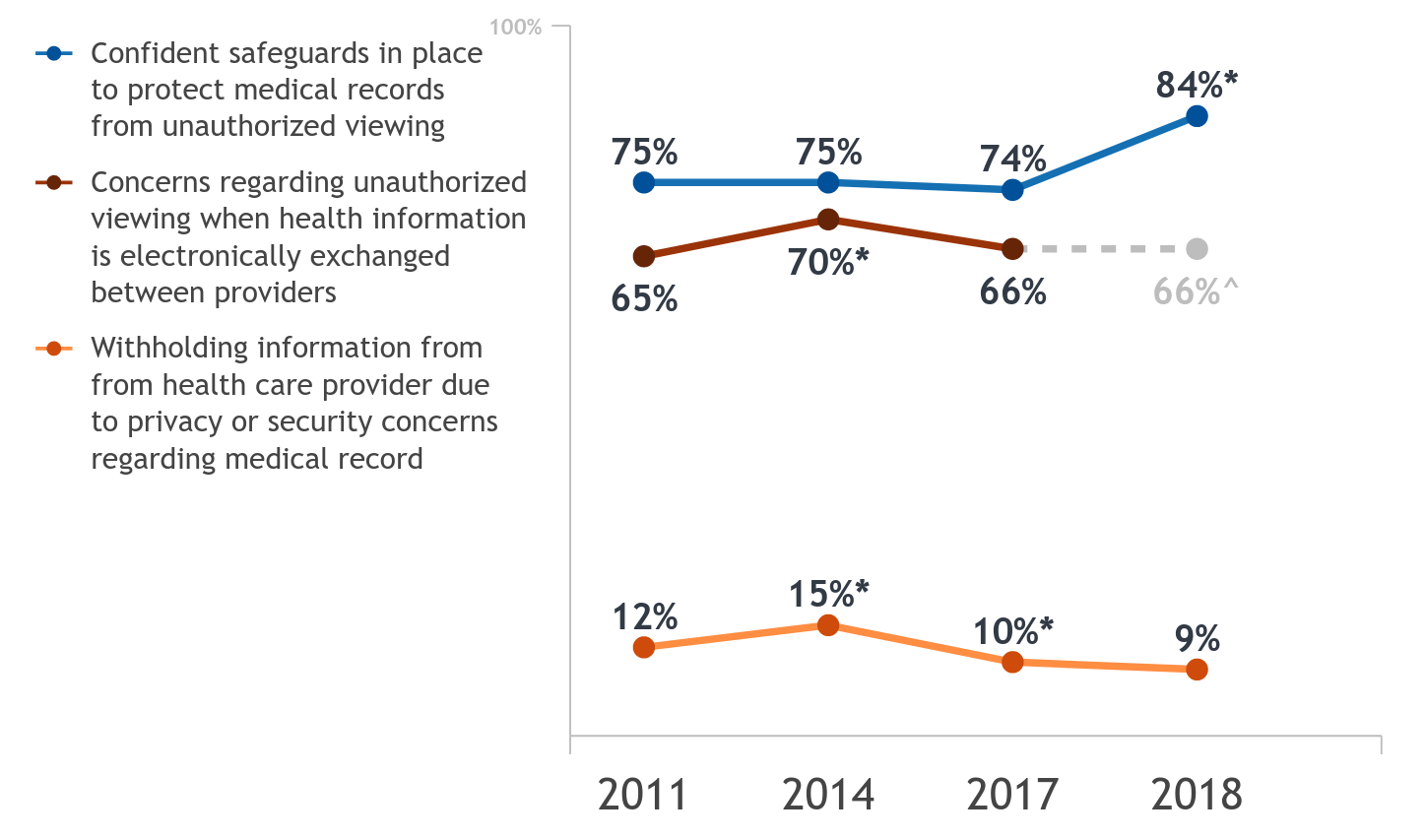
A majority of individuals (84%) are confident their medical records are safe from unauthorized viewing, but have concerns (66%) when health information is electronically exchanged. More individuals are now confident their records are safe from…
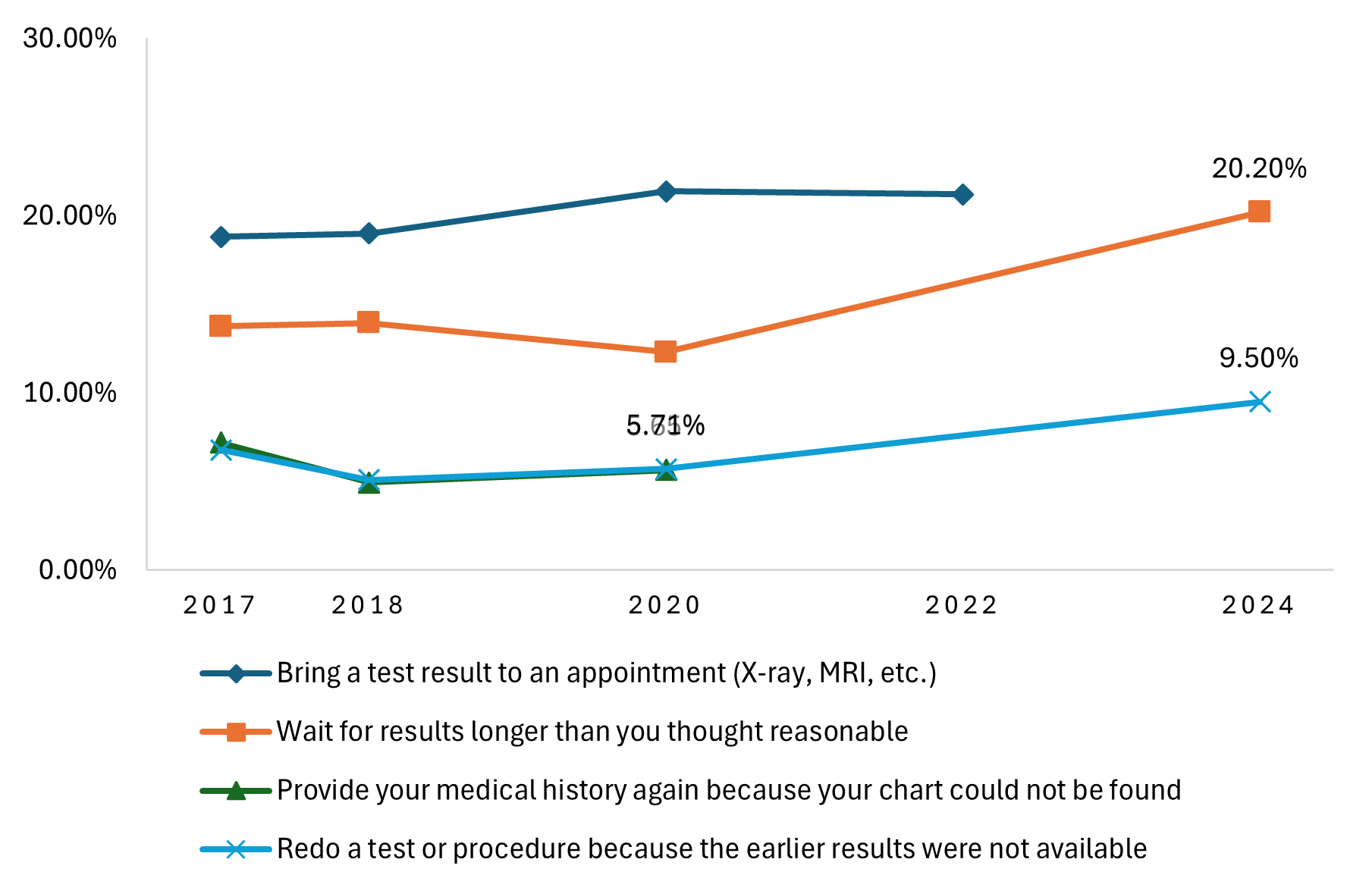
Most individuals—87% in 2024—report having at least one health care visit in the past year. Despite advances in interoperability and the implementation of anti-information blocking provisions, many of these patients continue to experience gaps in…
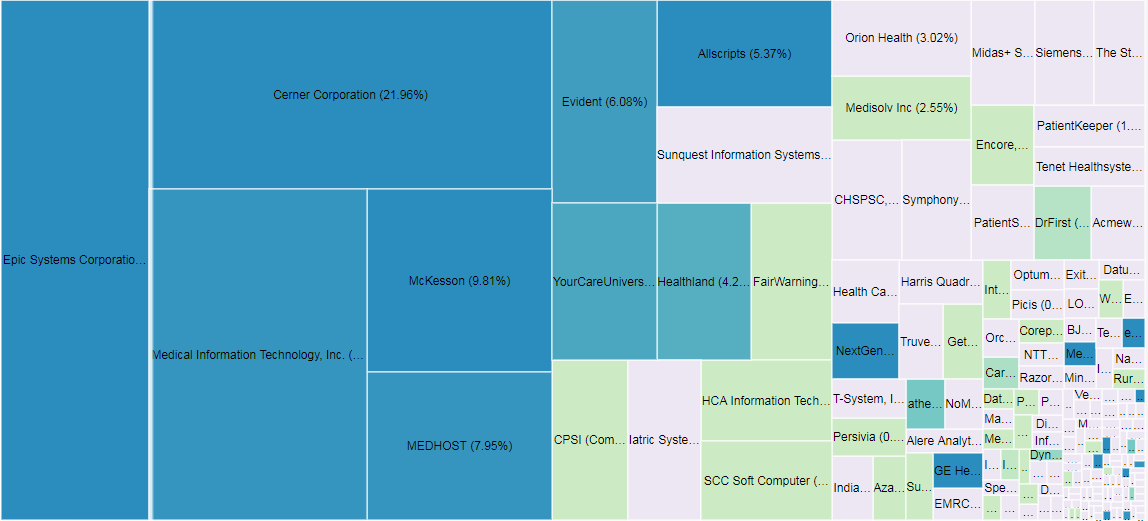
These graphics visualize the proportion of developers, by market share, that have certified 2015 edition health IT modules. Market share approximations are determined through an analysis of the certified health IT products reported by participants in the…
As of 2021, nearly 9 in 10 (88%) of U.S. office-based physicians adopted any electronic health record (EHR)[2], and nearly 4 in 5 (78%) had adopted a certified EHR[4]. This is a consistent trend since 2015. Since 2008, office-based physician adoption of…
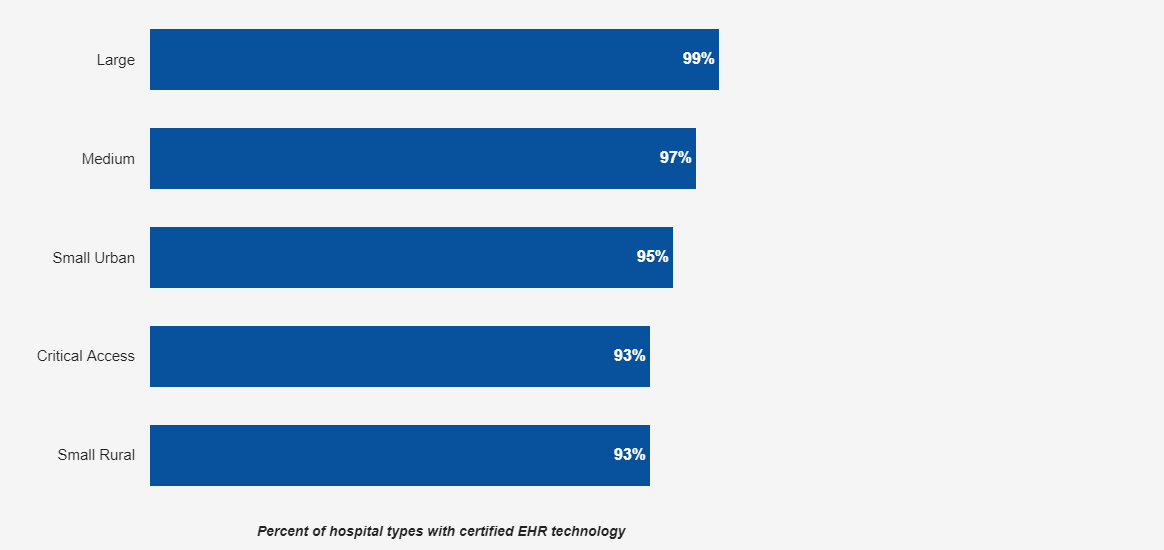
In 2017, of all non-federal acute care hospitals possessed certified health IT. Small rural and critical access hospitals had the lowest rates at 93 percent. Ninety-nine percent of large hospitals (more than 300 beds) had certified health IT, while 97…
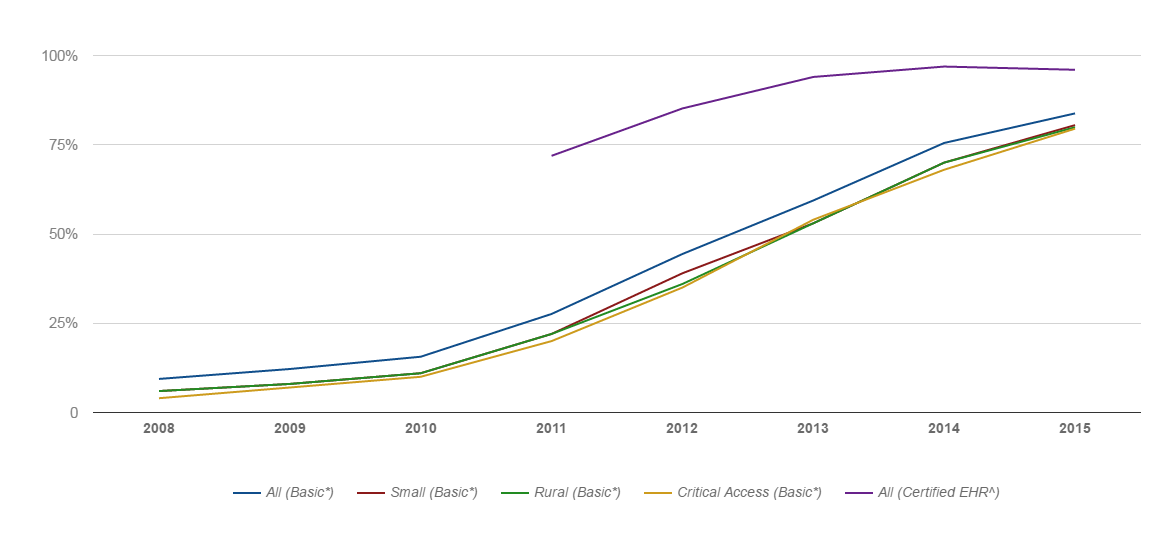
In 2015 over 4 in 5 of all non-federal acute care hospitals had adopted a Basic EHR with clinician notes. 96% of non-federal acute care hospitals have possession of an EHR certified by HHS. This percentage has held through 2017.

